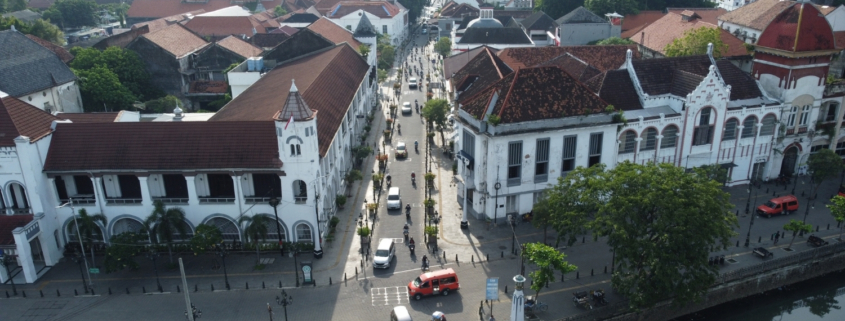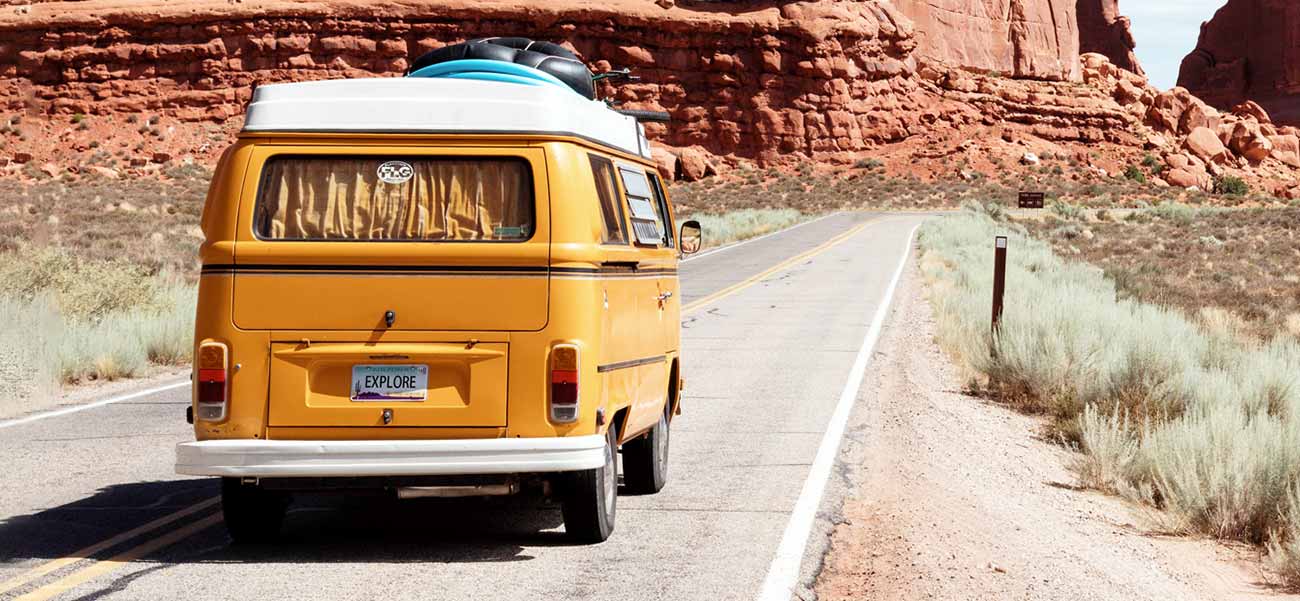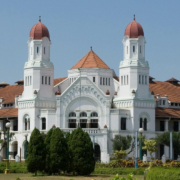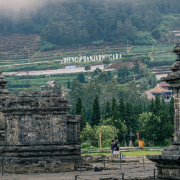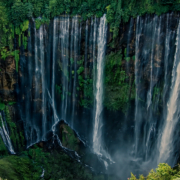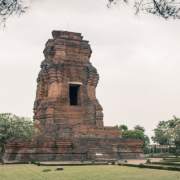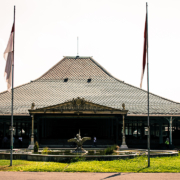Semarang Old Town: Java’s Little Netherlands and Colonial Echoes of the Past
In the bustling port city of Semarang, Central Java, lies a beautifully preserved district known as Kota Lama—or Old Town Semarang. Once a thriving hub of trade during the Dutch colonial era, Kota Lama now stands as a living museum of 18th–19th century architecture, where timeworn facades, cobbled streets, and vintage lampposts whisper stories of commerce, conquest, and cultural exchange.
Nicknamed “Little Netherlands”, this atmospheric enclave offers visitors a rare chance to walk through a district that feels suspended between eras. With ongoing revitalization efforts, Kota Lama is emerging as both a heritage destination and a vibrant creative and culinary district—merging historical beauty with modern charm.
Historical Background
Kota Lama began to flourish in the 17th century, when Semarang was established as a major trading port under the Dutch East India Company (VOC). The company built fortified headquarters and warehouses near the coast, gradually expanding into a walled European-style settlement that became the administrative and commercial center of colonial Semarang.
By the 18th and 19th centuries, Kota Lama had become one of Java’s key economic corridors—linked to global maritime trade, sugar exports, and Dutch governance. Over time, a distinct colonial townscape developed, complete with churches, banks, governor’s offices, mansions, and marketplaces—all built in European architectural styles adapted to the tropical climate.
Though the city’s center shifted inland after independence, Kota Lama remained relatively untouched, preserving its colonial urban layout and architecture better than most cities in Indonesia.
Architectural Highlights
Walking through Kota Lama is like stepping into a time capsule of Dutch colonial design. Key architectural features include:
- Stately European facades with tall arched windows, wrought-iron balconies, and Dutch gables
- Thick brick walls and internal courtyards designed for shade and ventilation
- Colonial lampposts, canals, and stone-paved alleys that evoke the atmosphere of 19th-century Europe in the tropics
Notable buildings include:
🕍 Blenduk Church (Gereja Blenduk)
The most iconic landmark of Kota Lama, this domed Protestant church was built in 1753 and remains the oldest church in Central Java still in use. Its octagonal structure, Baroque copper dome, and vintage pipe organ are testaments to enduring colonial ecclesiastical architecture.
🏛️ Marba Building
A restored neoclassical building originally built in the late 19th century, known for its red-brick exterior and symmetrical columns. Once a trading office, it now serves as a historical and cultural landmark.
🏤 Oud Gouvernementsgebouw (Old Government Office)
The former colonial government headquarters, now often used for exhibitions and cultural events.
🏦 Bank Indonesia Building (Old Bank)
A stately structure that served as a financial institution during the colonial period, now part of heritage tours and sometimes open for public viewing.
Cultural and Commercial Revival
In recent years, Kota Lama has undergone extensive revitalization, transforming it into a cultural and creative hub. The district now hosts:
- Cafés and art galleries inside restored colonial buildings
- Bicycle and walking tours that explore the area’s history
- Public performances, night markets, and community events celebrating Semarang’s multicultural past
- Museums and heritage exhibitions, including those showcasing Peranakan (Chinese-Indonesian) culture and trade history
The district has also become a popular backdrop for photography, films, and pre-wedding shoots due to its romantic, vintage aesthetic.
Multicultural Influence
Kota Lama was always more than Dutch—it was a melting pot of ethnicities: Javanese, Chinese, Arab, Indian, and European communities coexisted and co-created the commercial vibrancy of the area.
This rich cultural blend can still be felt today in:
- The blend of architectural styles (Indo-European, Chinese shop-houses, Dutch colonial)
- Culinary offerings from Chinese noodles to Dutch-inspired pastries
- Nearby historical neighborhoods like Pecinan (Chinatown) and Kampung Melayu
Kota Lama stands as a symbol of hybridity, where trade, tolerance, and trans-culturalism flourished for centuries.
Visitor Information
- Location: North Semarang, Central Java
- Opening Hours: Open 24/7 for outdoor exploration; best visited between 8:00 AM and 6:00 PM for cafés, tours, and cultural venues
- Entrance Fee: Free (some buildings or galleries may charge)
- Tips:
- Start at Blenduk Church, then explore the surrounding buildings on foot.
- Rent a vintage bicycle or take a guided heritage tour for deeper context.
- Visit during the Kota Lama Festival or Semarang Night Carnival for cultural performances.
Kota Lama is not just a historic quarter—it is the living memory of a city shaped by oceans, empires, and exchanges. Each building, brick, and boulevard carries echoes of a colonial past that has been transformed into a space of creativity, reflection, and celebration.
For those who appreciate heritage, architecture, and the spirit of bygone eras, Semarang Old Town offers a journey not just through space—but through time. It is a reminder that the past does not have to fade—it can be reborn with elegance, soul, and purpose.

